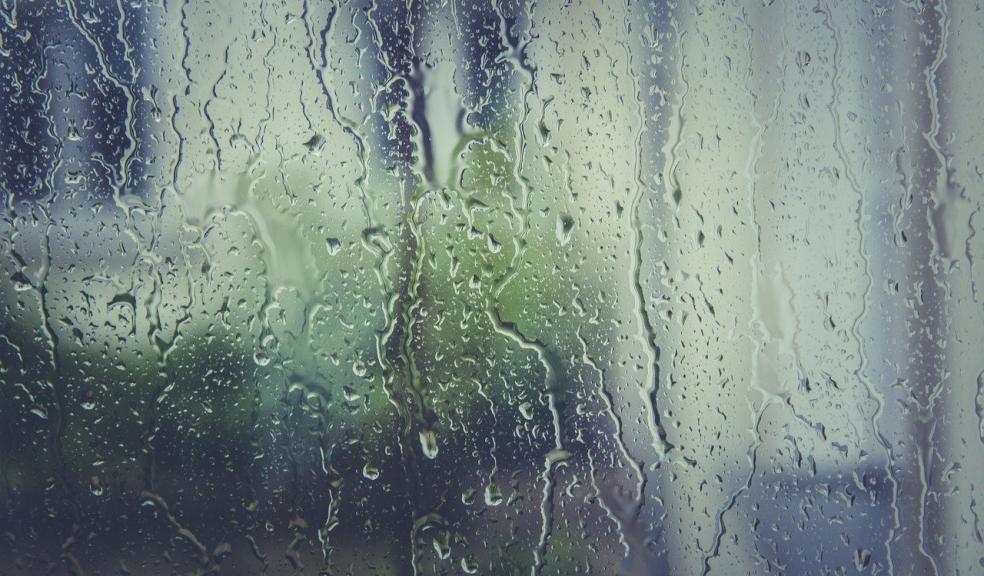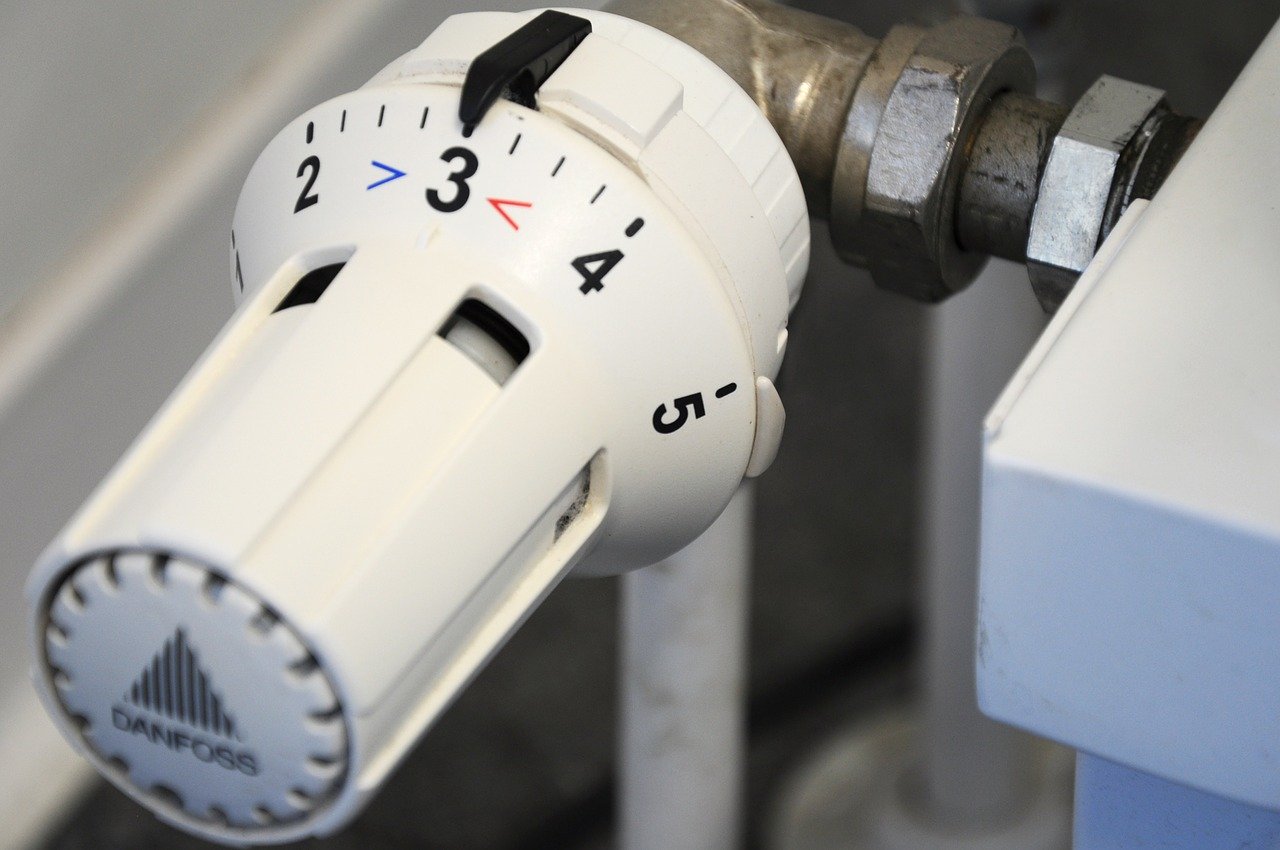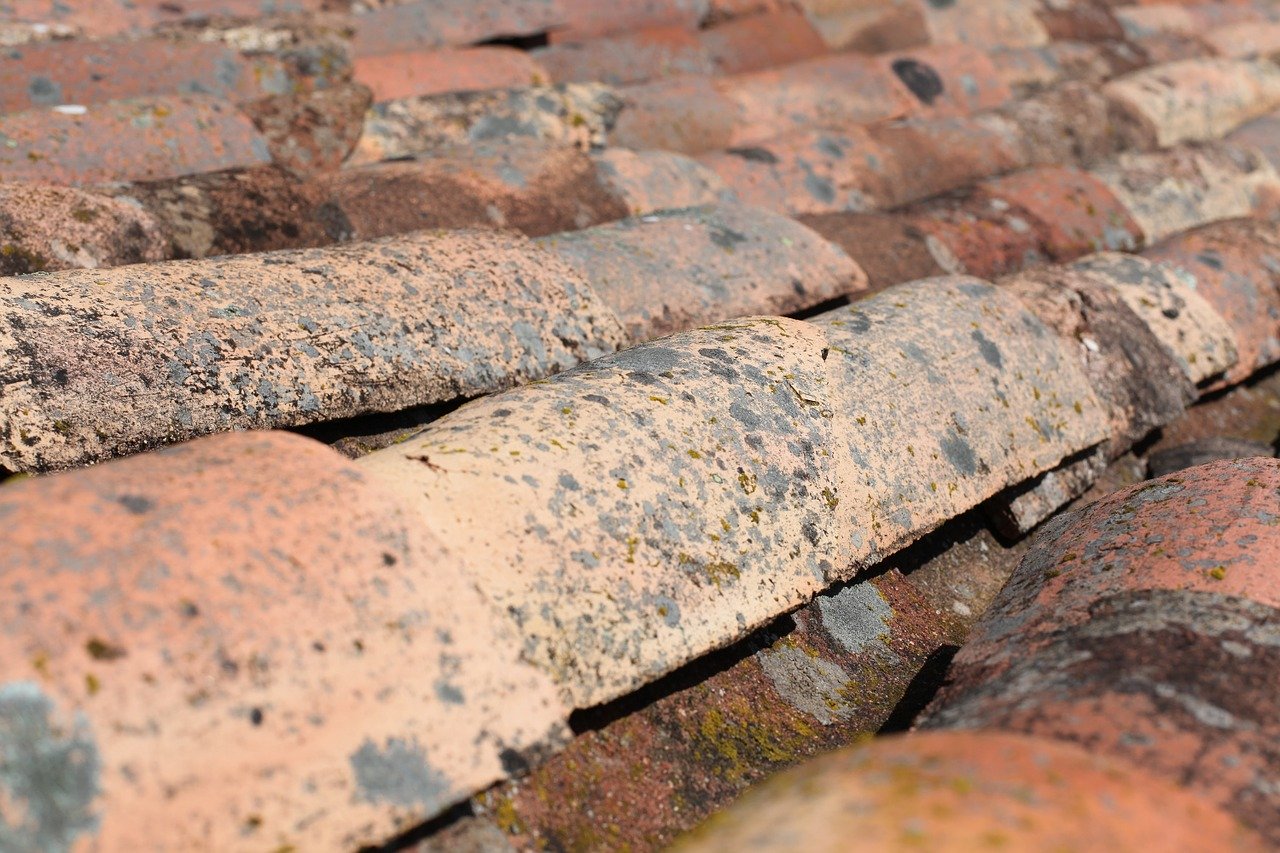
Common Causes Of Damp And How To Prevent It?
Whether a business or a residential property, there is something that both these buildings have in common. That is the common occurrence of damp. If you are looking at how to prevent damp in your home, first we recommend that you discover the common causes of damp, allowing you to accurately prevent and treat this build up of moisture.
Rising up through the structure of buildings or developing in the corner of a room, if your building has damp, you will be thoroughly aware of the trouble it can cause.
Some property owners believe in the importance of damp prevention in illuminating its presence in the future. This can be completed when giving your home a refurb, by taking the necessary steps to renew and protect the health of your property for many years to come.
Keep reading to discover the most common causes of damp, some you will be aware of, others you will not. Before taking your new found knowledge, you can begin to prevent and conduct the required treatment for your home.
What are the common causes of damp?
Is your property prone to suffering from damp? Or perhaps there is one particular room in your home that suffers from condensation more so than others.
Treating damp should be a priority when it develops. As over time the development of damp can fester before turning into mould.
Before you can discover and treat damp, first read the most common causes of damp experienced within the home.
Condensation
What may at first seem like a symptom of damp, is instead a cause that can over time result in damp within the property.
This condensation can be developed through the creation of excess moisture. Whether as steam created in the kitchen when cooking, or the moisture developing in the bathroom when showering or running a hot bath.
If this moisture is not released and removed from the room, it can develop and turn into damp over time.
Rising damp
Another cause of damp that is often experienced, and one that is harder to remove for property owners and that is rising damp.
Rising damp is caused from moisture on ground level penetrating the foundation of the building and rising its way up through the floor, skirting and walls.
This is through the property of the building absorbing the damp and will often be first noticed with a large stain appearing on the wall where the water has reached. When it comes to treating rising damp, a damp treatment will be required by a qualified builder.
Penetrating damp
Unlike rising damp that grows and rises through the foundations of the property, penetrating damp can spread from the top of the property downwards. This form of damp enters the property through either cracked or leaking pipework, blocked gutters and gaps within the window frame. As well as defective brickwork and even a damaged roof.
Easy to manage, the completion of frequent checks and property maintenance can keep penetrating damp at bay.
How to prevent damp?
When it comes to discovering how to prevent damp in your home, before choosing the correct treatment, first you will need to discover the cause of the damp. Where is the damp coming from?
Here are some common treatments on how to prevent damp and work to reduce the build up of moisture in your property.
Reduce moisture
When it comes to the moisture created when both cooking and showering, to begin to reduce damp in the home, you must begin to reduce the amount of moisture. A simple task to complete. From ventilating your home, opening the windows to even placing the lids on top of pans when you cook. Instantly these simple acts can make a huge difference in the moisture within your home.
Drying clothes outside where possible can also reduce the added moisture from building up and turning into damp.

Heat your home
When it comes to how to prevent damp in your home, another simple task that you can complete and that is to increase the temperature of your house.
It is a known fact that cold rooms are commonly likely to develop damp and mould. By turning up the heating even by the tiniest of percentage, you can begin to reduce and remove excess damp in the home.
Although it is not wise to constantly, heat unused rooms, consider turning the heating on and ventilating the room to reduce moisture from time to time.
Insulate your home
Another top way on how to prevent damp within the home and that is to consider insulating and improving the insulation of your home. By making sure that your home has the correct insulation and that you can trap and keep vital heat, you can instantly heat your home and prevent moisture from seeping into the house. Consider starting to insulate your loft before draft proofing seals around doors and windows. By doing so, you can work to keep your house warm, and reduce that vital heat that you generate from leaking out of these cracks. Cracks that can also let in moisture and lead to damp.
Waterproof your building
For properties with completed basement renovations for added value, damp can often be experienced. To prevent damp from developing, waterproofing your building is recommended. By investing in reliable waterproofing systems you can ensure that moisture is not created and cannot rise up and make its way into the property, turning potentially into a rising damp.
Through the addition of a membrane to the structure of basements, you can waterproof and protect your building from ground level moisture.

Property maintenance
To remove and prevent the creation of penetration damp, we recommend putting time aside, even if only once a year to conduct winter property maintenance. This task can include checking the gutters and removing the build up of leaves and moss, checking the condition of the tiles and making sure that all brickwork is free of cracks and damage. By taking time out to conduct this task, you can keep your house in prime condition and eliminate this costly form of damp from your property.
For many neglected homes where cracks have appeared in the exterior walls, the replacing of vital brickwork will be required to improve the health of the property. Whether you choose to bring in an experienced builder, or feel up to the challenge of replacing brickwork by yourself, to keep costs to a minimum consider reducing the amount of waste that is created. This you can do through the use of a Brick Calculator that can estimate the number of bricks that will be required to help complete the task at hand. With no leftover bricks at the end, this tool can be useful in keeping costs for damp repair to an all time low.
Conclusion
A common occurrence in buildings, before you can learn how to prevent damp, first you must discover the reason behind the damp that you are experiencing.
With different causes for damp, whether from the build up of condensation over time, or through penetrating damp making its way downwards into the home. By taking the time to complete waterproofing treatments, ensuring your home is correctly insulated to regular property maintenance, you can keep your home in prime condition and damp free.
By preventing damp and catching it early, you can remove any headache and more costly repairs later in the future.













